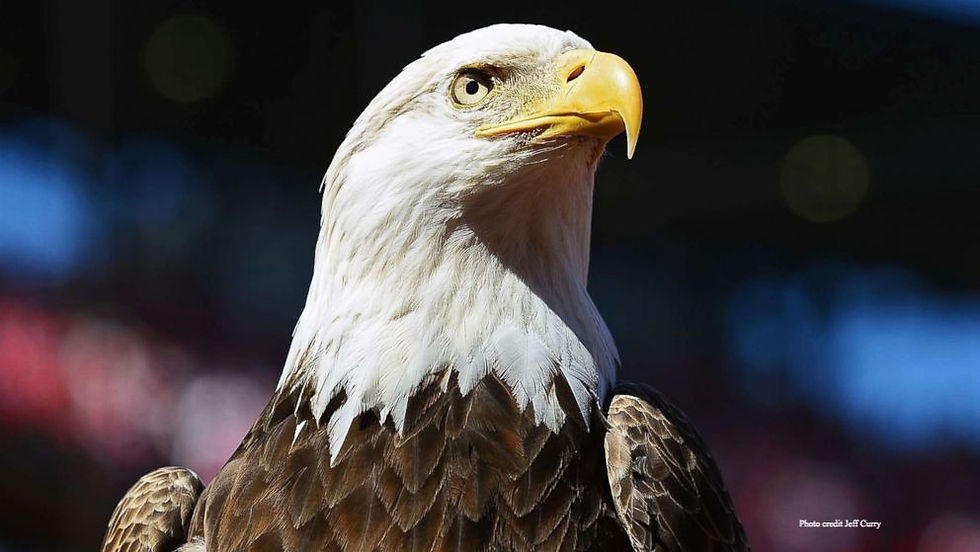CRITTER SPOTLIGHT: American Giant Millipede: Narceus americanus
- cynthiamorissette
- Jun 7, 2020
- 2 min read
Updated: Jun 7, 2020

Happy Sunday Watershed Explorers,
Today's critter spotlight is downright fascinating. On several of our recent hikes, my girls and I have discovered many American giant millipedes. These millipedes can grow to over 4 1/2 inches long and are so much larger than the millipedes we normally find in our yard. I love learning about new critters and I really knew nothing about these millipedes, except that they excrete a substance from their body that can possibly burn a person's skin, so I wouldn't let my girls handle them. I got a wonderful education researching for this post. The millipede is magnificent! Most of the information in today's post is credited to animaldiversity.org
The American giant millipede and millipedes, in general, get their name from the numerous feet they have, but millipedes have nowhere near a thousand feet. The most feet on record for an American giant millipede is 375 pairs, most have fewer than 50 pairs. That's still a lot of feet! Millipedes have some awesome adaptations. Their antennae can help them to taste, smell, feel temperature, and find water. They also have cool organs called Tömösváry organs that help the millipede measure humidity. Millipedes require high levels of humidity otherwise they can quickly become dehydrated. Narceus americanus also has several defense adaptations one of which can make it slightly dangerous to humans and is one reason why if you find one in the forest you should look, and not touch. This defense adaptation is that the millipede can excrete a substance through special glands for defense, this substance tastes bad to predators but can cause burns on human skin as well. The other neat defense is that the millipede can curl up into a very tight little spiral as seen in the photo above.
Habitat:
Narceus americanus can be found in forests or agricultural areas. It likes to hide under dead leaves, rocks, logs, and in soil-litter. It prefers areas with high levels of humidity.
Diet:
Narceus americanus is a detritivore. It eats decaying leaves, wood, and roots. THIS IS NOT FOR THE SQUEAMISH: American giant millipedes will also eat their own poop! This helps them with digestion.
Watershed Role:
American giant millipedes are very important to watershed areas. Similar to worms, they are decomposers and they help to stimulate microbe activity in soil. They also help with terrestrial (land) calcium production. American giant millipedes are also food for many other animals including many amphibians, mammals, birds, terrapins, and other arthropods.
Here is a little photo collage as well as a video of my family's recent American giant millipede sitings. ENJOY! DISCLAIMER: I know that there are two pictures of bare hands holding the millipede, this was actually prior to looking up about the substance that they excrete. We immediately wiped our hands after, but just as a precaution, you really should not hold this critter without gloves.
I hope you enjoyed this critter spotlight!
Much Love,
Mrs. Morissette














Comments